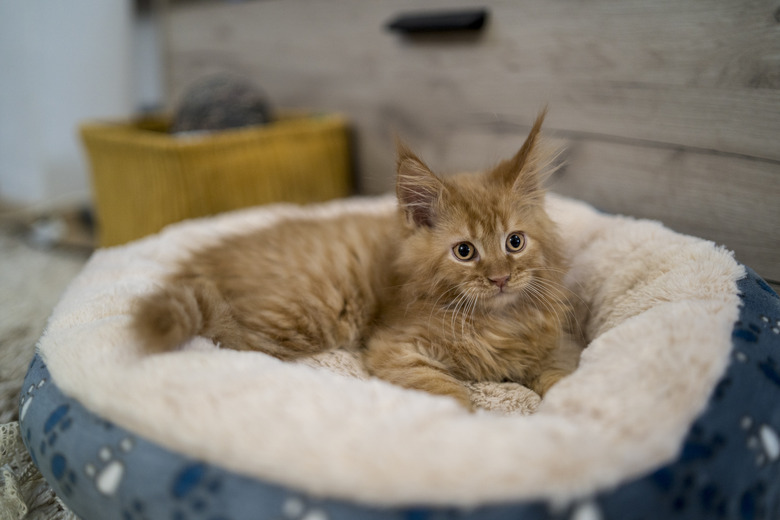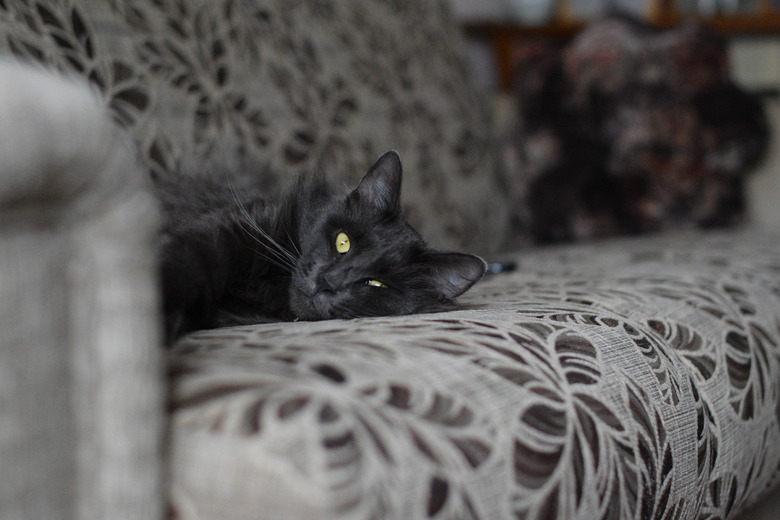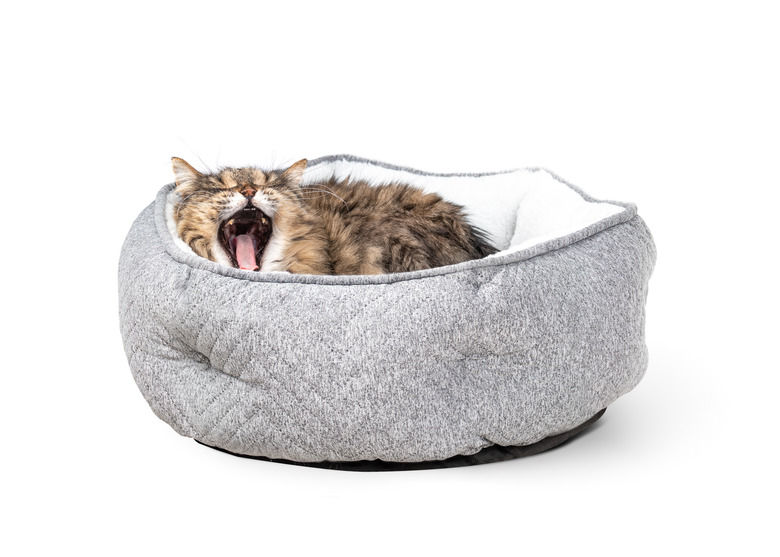What If A Spay Incision Gets Infected?
Spay surgeries are common procedures that most pet parents with female cats or dogs undertake. Not only does the surgical procedure help prevent unwanted litters but it also has general health benefits for the animal. Despite being common and generally safe, some complications can occur since it is an abdominal surgery. An infected spay incision requires immediate veterinary attention. It is not only painful for your animal but it can lead to more serious health problems if it is left untreated.
What is spaying in cats?
What is spaying in cats?
Spaying is a surgical procedure that removes a female cat's ovaries, fallopian tubes, and uterus. Removing these organs makes her unable to become pregnant and bear litters and eliminates her heat cycle and breeding instinct behavior.
There are other long-term health benefits to spaying and neutering aside from not having unwanted kittens, including reducing the risk of uterine infections and uterine, ovarian, and breast cancer. The latter is the number one cancer diagnosed in intact female cats. Also, the heat cycle can be difficult in pets because it can increase their anxiety. It also makes them unpleasant to be around, as female cats will howl yearningly.
When a female cat is spayed, she is put under full anesthesia, and the ovaries and uterus are surgically removed. A veterinarian does this by making a surgical incision through the skin, fat, and muscle of the abdominal wall; locating the ovaries; ligating off the blood vessels supplying the area; and then removing the organs. The veterinarian then closes the layers of skin, muscle, and fat.
Care of surgical incisions in cats
Care of surgical incisions in cats
- Restrict your female cat's movement and prevent them from jumping, running or other strenuous activity from the first day after surgery onward for the first week and up to two weeks, as such movements can stretch or tear the sutures holding the layers of tissue together.
- Prevent your cat from chewing or licking the incision site; an Elizabethan collar, also known as an e-collar, or a body suit can help with this.
- Ensure no other animals lick, claw, or otherwise come into contact with the incision site.
- Do not bathe your cat or wash the incision site with hydrogen peroxide or alcohol; keep the surgical site and sutures dry.
- Do not apply any ointments, creams, or other substances to the surgical site unless instructed to do so by your DVM.
- Recheck the surgical site at least twice a day to check for signs of infection or other issues.
What should a cat spay incision look like when it's healing?
What should a cat spay incision look like when it's healing?
When you see your cat or dog after her spay, the incision line should look like a clean, straight wound. The spay incision will likely be closed with three layers of sutures, but the skin layer could also be stapled. A veterinarian may also use glue to seal the final skin layer. Sometimes, the sutures at the skin layer are external and therefore visible, but sometimes, they are intradermal, or within the skin, and imperceptible.
The surgery site will be slightly swollen and slightly red or pink around the edges. Pinkness, mild swelling, and some bruising is normal, but it should not be oozing pus or blood, be excessively hot, or be overly swollen. Occasionally, a spay incision can become overly inflamed if the animal is allergic to the suture material, which can delay the healing process, but generally, these symptoms are signs of an infected spay incision.
What does an infected spay incision look like in cats?
What does an infected spay incision look like in cats?
Spay infections are usually red and swollen and may have discharge, like blood and pus. Although spay incisions can look a bit lumpy during healing, a single, prominent lump can also indicate infection. You might also notice sutures missing. Infections in cats and dogs resemble infections in humans — if the cat's incision appears infected, it probably is.
Signs of a spay incision infection in female cats
Signs of a spay incision infection in female cats
The telltale sign of an infected spay incision is if the wound is swollen and weeping more than a normal amount. A few drops in the first few days is no cause for concern, but more than that means it is time to contact your veterinarian immediately.
How to treat and prevent a spay incision infection in cats
How to treat and prevent a spay incision infection in cats
The best way to ensure that your dog or cat's spay incision will not become infected is to follow the spay procedure directions your veterinarian gives you for the recovery period. The most important thing to do is to limit your female cat's activity and keep them from bathing for at least two weeks. You will also need to confine your pet for 24 hours. It is extremely important that your cat not be allowed to lick, bite, scratch, or rub the spay site.
Use an e-collar if needed to prevent your cat from accessing the wound area. After coming home on the day of surgery, limit the amount of water and food you give your pet. This is to minimize stomach upset due to your pet potentially feeling nauseous from the pain medication. Your veterinarian will provide specific post-op instructions on when to resume food and water and how much to give.
If your female cat's spay incision does become infected, keep them inside and away from other animals who might cause damage to the wound. If your cat is trying to chew the incision, you may need to use an Elizabethan collar until the surgical incision heals because licking, scratching, or biting will slow down the healing process. If the incision becomes dirty, clean it with cool, soapy water and a clean, soft cloth and then pat it dry. Keep the wound as clean as possible to help prevent further problems.
The bottom line
The bottom line
Spaying, a widely practiced surgical procedure, provides several important benefits for female cats. Pets usually heal seamlessly within a couple of weeks, but occasionally they need incision care if it becomes infected, indicated by swelling, redness, and oozing at the surgical site, and sometimes, broken or missing sutures. Carefully following your veterinarian's post-surgery care instructions can prevent an infection from occurring. If an infection arises, keep your pet isolated from others and seek veterinary care.


